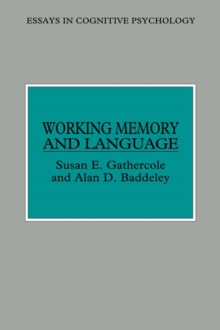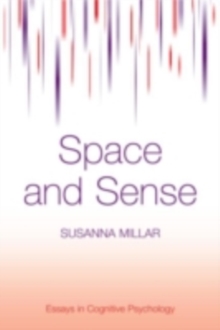
Space, Objects, Minds and Brains PDF
by Lynn C. Robertson
Part of the Essays in Cognitive Psychology series
Description
The fact that half of space can disappear while the other half remains intact or that an object can be seen without its location is something that most normal perceivers find astonishing. The belief that space is a unitary platform supporting objects is hard to shake, and it is almost impossible to imagine what the world would look like if space perception disappeared. Yet, some people do not have to imagine this because they experience it every day. Under normal circumstances constructing a spatial map is a computational problem that the brain solves easily, but spatial perception can disappear or crumble in different ways depending on what part of the brain is damaged.
Lynn Robertson has been studying how brain lesions affect spatial abilities for over twenty years, and her work has revealed some surprising facts about space and its role in visual perception. In this book she combines evidence collected in her laboratory with findings from others to explore the cognitive and neural basis of spatial representations and their contributions to spatial awareness, object formation, attention, and binding.
Information
-
Download - Immediately Available
- Format:PDF
- Pages:272 pages
- Publisher:Taylor and Francis
- Publication Date:13/11/2003
- Category:
- ISBN:9780203496855
Other Formats
- EPUB from £32.39
- PDF from £32.39
- Paperback / softback from £51.99
- Hardback from £130.00
Information
-
Download - Immediately Available
- Format:PDF
- Pages:272 pages
- Publisher:Taylor and Francis
- Publication Date:13/11/2003
- Category:
- ISBN:9780203496855










